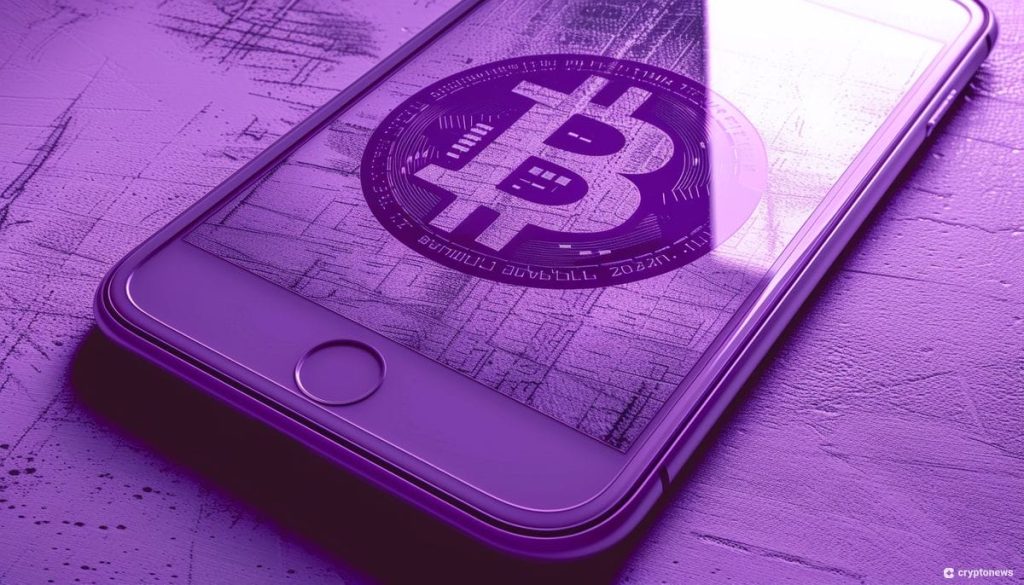Circle, the company behind the popular stablecoin USDC, is set to introduce tap-and-go payments on iPhones after Apple’s decision to allow third-party developers access to the secure payment chips. This new feature will leverage Apple’s Near Field Communication (NFC) chip and Secure Element (SE), allowing for direct payments using USDC at points of sale. The iPhone-based wallet apps will prompt users to confirm transactions via features like FaceID, seamlessly settling payments on the blockchain. Circle CEO Jeremy Allaire highlighted the potential of this development, stating that combining iPhone technology with high-performance, low-fee blockchain networks could create a powerful new avenue for direct-to-merchant USDC payments. This feature will initially be available in select countries, including Australia, Brazil, Canada, Japan, New Zealand, the United Kingdom, and the United States.
Apple’s recent decision to open up the NFC access could also have implications for non-fungible tokens (NFTs), other stablecoins like EURC, and various other digital certificates. This move by Apple is significant as it paves the way for blockchain-based payment systems to be integrated into the iPhone ecosystem. This exciting development could revolutionize the way cryptocurrency payments are made, offering users a seamless and secure payment experience. By combining high-performance and low-fee blockchain networks, this collaboration between Apple and Circle opens up a powerful pathway for direct-to-merchant USDC payments. The European Union was not mentioned in Apple’s rollout, indicating that the feature might not be available in all regions initially.
In addition to Circle’s USDC integration with Apple’s iPhone payments, other payment firms are also making strides in the crypto space. MetaMask recently launched a self-custody debit card pilot in partnership with Mastercard and Baanx, enabling users in the UK and EU to make purchases directly from their crypto wallets. Back in April, Fintech giant Stripe announced its decision to allow customers to accept cryptocurrency payments after a six-year break. The company is starting with USDC stablecoins on the Solana, Ethereum, and Polygon blockchains. This marks a significant shift in the payment industry, with more companies embracing stablecoins and cryptocurrencies as a means of payment.
Payment companies like Triple-A in Singapore have also adopted stablecoins as a means of payment. Triple-A, the first licensed crypto payments firm in Singapore, announced plans to integrate PayPal’s stablecoin, PYUSD, into its list of supported tokens for customer payments. By introducing support for PayPal’s stablecoin, Triple-A aims to offer customers a broader range of payment options beyond traditional fiat currencies. Currently, the company primarily offers payment services in Bitcoin, Ether, and stablecoins issued by Tether and Circle. This trend of payment companies adopting cryptocurrencies and stablecoins highlights the growing acceptance and integration of digital assets into the mainstream financial ecosystem.
The collaboration between Apple and Circle, along with other payment companies’ adoption of cryptocurrencies, signifies a shift towards embracing digital assets in the payments space. By allowing tap-and-go payments using USDC on iPhones, Apple is opening up new possibilities for blockchain-based payment systems. This development has the potential to reshape the way payments are made by offering users a secure and efficient payment experience. With more companies integrating stablecoins and cryptocurrencies into their payment processes, the future of digital payments looks promising, with increased accessibility and flexibility for users worldwide.
Overall, the recent developments in the crypto and payments space, including Apple’s collaboration with Circle, MetaMask’s debit card pilot, and payment companies’ adoption of stablecoins, signal a significant shift towards embracing digital assets. These advancements provide users with more options for making payments using cryptocurrencies, stablecoins, and other digital assets. As the financial ecosystem continues to evolve, the integration of blockchain technology and digital currencies into mainstream payment systems is expected to bring about greater efficiency, security, and accessibility for users globally.













